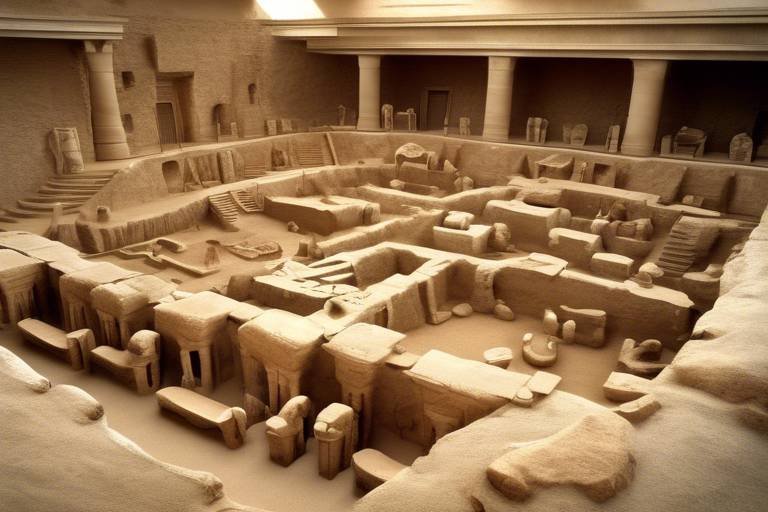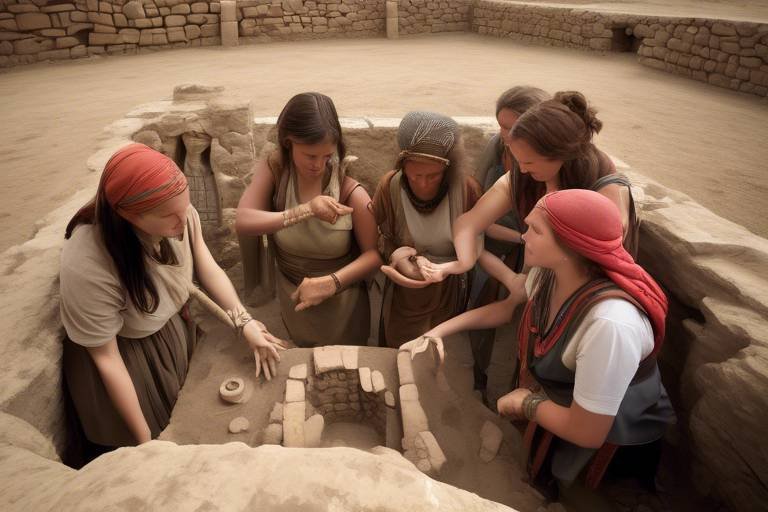The Importance of Archaeological Conferences and Symposiums
Archaeological conferences and symposiums are vital gatherings that serve as the lifeblood of the archaeological community. These events bring together experts, enthusiasts, and stakeholders from around the world to discuss, debate, and delve into the fascinating realm of archaeology. They are not just mere gatherings but rather dynamic platforms that fuel knowledge exchange, professional networking, and interdisciplinary collaboration.
Imagine a bustling marketplace of ideas, where archaeologists from diverse backgrounds converge to share their latest discoveries, research methodologies, and preservation strategies. These conferences and symposiums serve as intellectual melting pots, sparking new insights, challenging existing paradigms, and fostering a culture of continuous learning and growth.
Moreover, these events go beyond academic discourse; they facilitate connections that transcend borders and disciplines. Through professional networking opportunities, archaeologists forge new partnerships, find mentors, and explore potential collaborations that can shape the future of archaeological research.
Picture a tapestry woven with threads of history, anthropology, and geology, each strand contributing to a richer understanding of the past. Archaeological conferences and symposiums embrace interdisciplinary collaboration, encouraging experts to blend their expertise and perspectives to unravel the mysteries of ancient civilizations.
Attendees at these events are not just passive observers but active participants in a technological revolution. Conferences often serve as showcases for the latest innovations in archaeological fieldwork, offering a glimpse into the future of the discipline and inspiring attendees to push the boundaries of traditional practices.
One of the most significant impacts of these gatherings is their ability to bridge the gap between the archaeological community and the public. By promoting public engagement and raising awareness about cultural heritage, conferences play a crucial role in advocating for the preservation of our shared past.
Furthermore, discussions at these events have the power to shape policy decisions that govern heritage preservation, site management, and ethical practices in archaeology. The outcomes of these conversations can influence the direction of the field and ensure responsible stewardship of our archaeological heritage.
Participants also benefit from a wealth of educational opportunities offered at conferences, including workshops, training sessions, and presentations that enhance their skills and deepen their understanding of key issues in archaeology and heritage conservation.
Lastly, these events serve as catalysts for international collaboration, fostering partnerships that transcend geographical boundaries and cultural differences. By promoting cross-cultural dialogue and addressing global challenges in archaeology and heritage management, conferences pave the way for a more interconnected and sustainable future for the field.

Knowledge Exchange
When archaeologists gather at conferences and symposiums, it's not just about presenting their own work; it's also about absorbing the wealth of knowledge shared by their peers. Imagine a grand banquet of information, where each attendee brings a unique dish of insights, findings, and experiences to the table. Through engaging discussions, presentations, and workshops, participants engage in a dynamic exchange of ideas that transcends individual projects and contributes to the collective wisdom of the archaeological community.
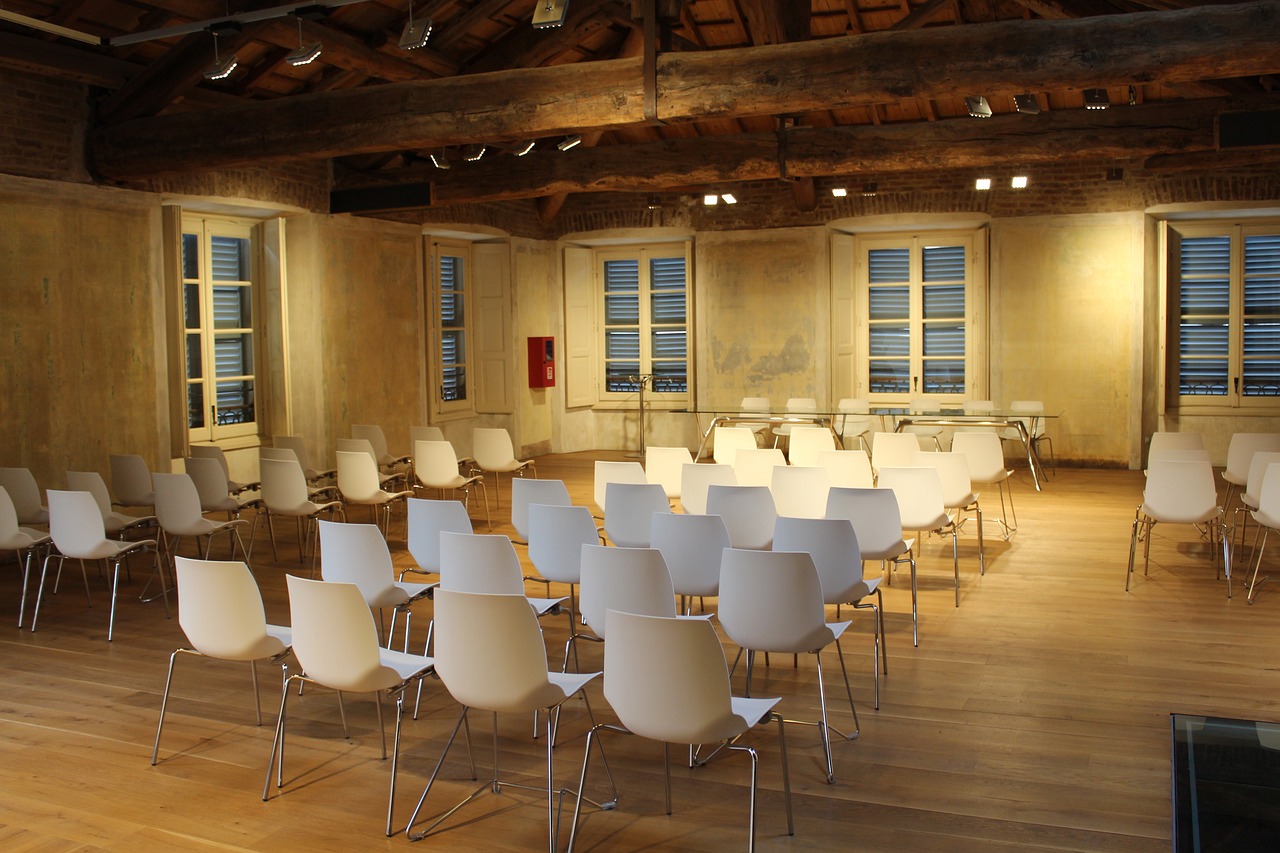
Professional Networking
Professional networking is a vital aspect of archaeological conferences and symposiums, offering archaeologists the opportunity to establish connections with peers, mentors, and potential collaborators. These events serve as a platform for professionals to engage in meaningful discussions, exchange ideas, and form partnerships that can lead to innovative research projects and collaborations. Networking at conferences allows individuals to expand their professional circle, gain insights from experienced colleagues, and stay updated on the latest trends and developments in the field.
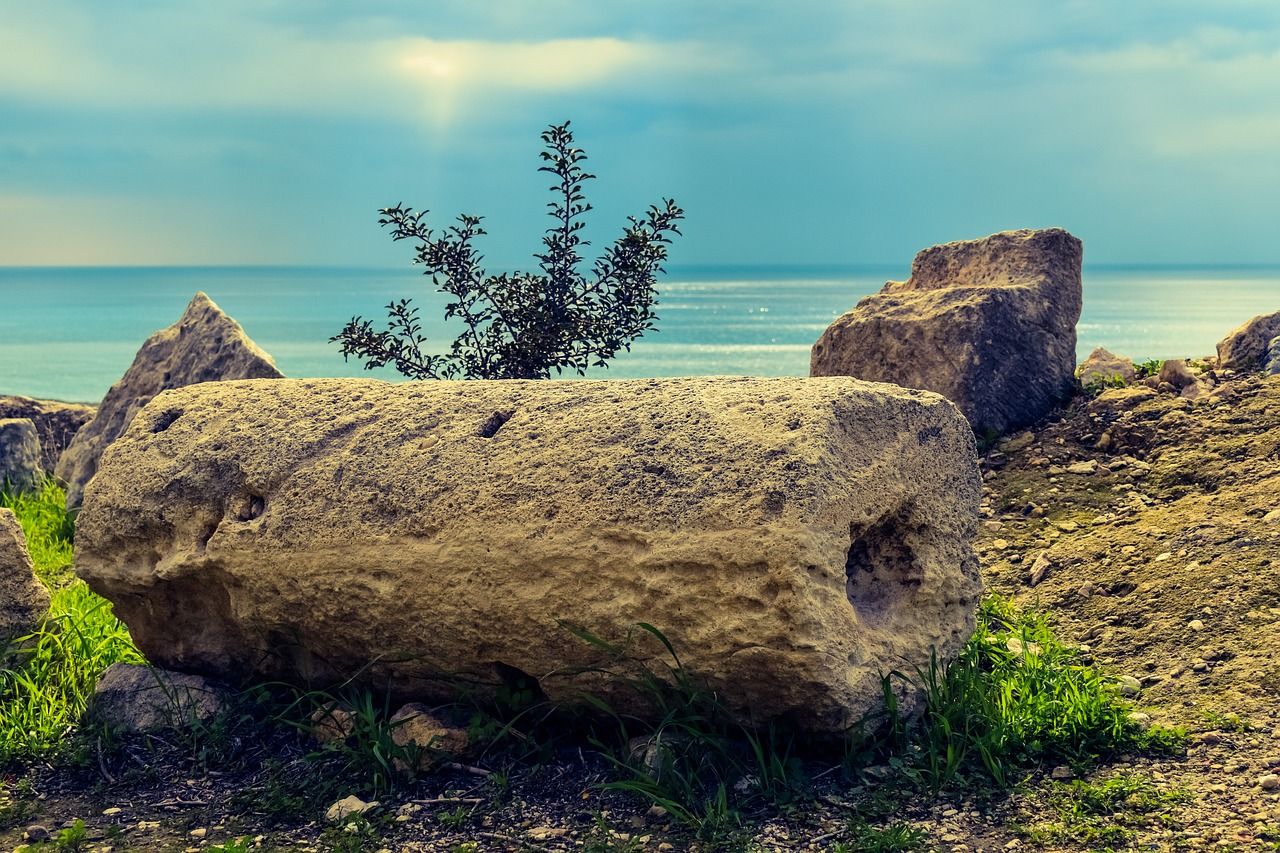
Interdisciplinary Collaboration
Interdisciplinary collaboration in archaeological conferences and symposiums is like a meeting of minds from different worlds, each bringing a unique perspective to the table. Imagine historians discussing findings with geologists, anthropologists sharing insights with botanists – the possibilities are endless. These interactions spark innovative ideas and approaches, breaking down traditional boundaries and enriching the field of archaeology.
Through interdisciplinary collaboration, archaeologists can tackle complex research questions that require expertise from multiple disciplines. By combining knowledge and methodologies from diverse fields, researchers can gain a more comprehensive understanding of past civilizations, landscapes, and artifacts. This holistic approach leads to richer interpretations and more nuanced insights into the archaeological record.
At archaeological conferences, interdisciplinary collaboration is not just encouraged – it is celebrated. Workshops and panel discussions bring together experts from different fields to explore shared interests and common goals. These interactions foster a spirit of cooperation and mutual respect, paving the way for groundbreaking research projects that transcend disciplinary boundaries.
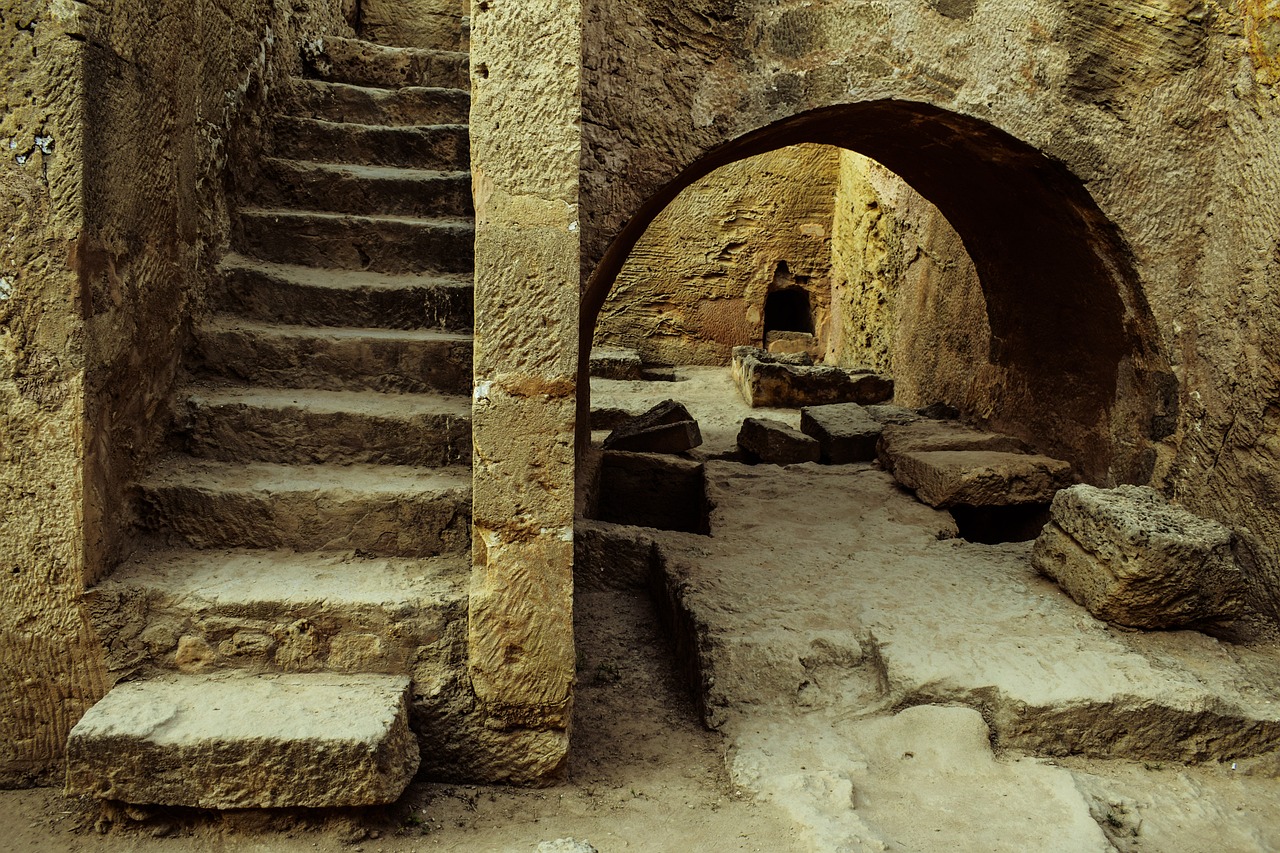
Technology and Innovation
Archaeological conferences and symposiums play a crucial role in the field by facilitating knowledge sharing, networking, and collaboration among experts. They provide a platform for discussing new discoveries, research methodologies, and preservation strategies.
When it comes to the realm of archaeology, technology and innovation are like the dynamic duo, constantly pushing the boundaries of what we know about the past. Imagine a world where ancient artifacts are not just dusty relics but pieces of history brought to life through cutting-edge techniques. At conferences and symposiums, attendees get a front-row seat to witness the latest technological advancements in action. From 3D scanning and virtual reconstructions to drone surveys and ground-penetrating radar, these events showcase how innovation is revolutionizing archaeological fieldwork.
One of the most exciting aspects of technology in archaeology is its ability to uncover hidden secrets buried beneath the surface. With tools like LiDAR mapping and GIS software, archaeologists can peel back layers of history like pages in a book, revealing ancient landscapes and structures that were once invisible to the naked eye. It's like having a time machine that allows us to travel back in time and witness civilizations long gone.
Moreover, technology not only aids in the discovery process but also in the preservation of cultural heritage. Imagine a world where ancient sites are not just vulnerable to decay and destruction but are safeguarded for future generations through digital documentation and conservation efforts. Conferences and symposiums serve as a platform to discuss these innovative methods of heritage conservation, inspiring archaeologists to think outside the box and protect our shared past for years to come.
Ultimately, technology and innovation are the driving forces behind the evolution of archaeology, propelling the field into a new era of exploration and discovery. As we harness the power of technology to unlock the mysteries of the past, we pave the way for a future where the echoes of ancient civilizations resonate loud and clear, reminding us of the enduring importance of archaeological research and preservation.

Public Engagement
Public engagement is a vital aspect of archaeological conferences and symposiums, creating a bridge between the academic community and the general public. These events serve as platforms for archaeologists to interact with individuals outside the field, fostering awareness and appreciation for cultural heritage. Through engaging presentations, interactive exhibits, and outreach programs, archaeologists can showcase their work and educate the public about the significance of archaeological research.
Moreover, public engagement activities at conferences often include guided tours of archaeological sites, hands-on workshops for children and adults, and public lectures on recent discoveries. These initiatives aim to spark interest and curiosity among diverse audiences, encouraging participation and support for heritage preservation efforts. By involving the public in discussions about archaeology, these events promote a sense of shared responsibility for safeguarding our collective past and cultural heritage.
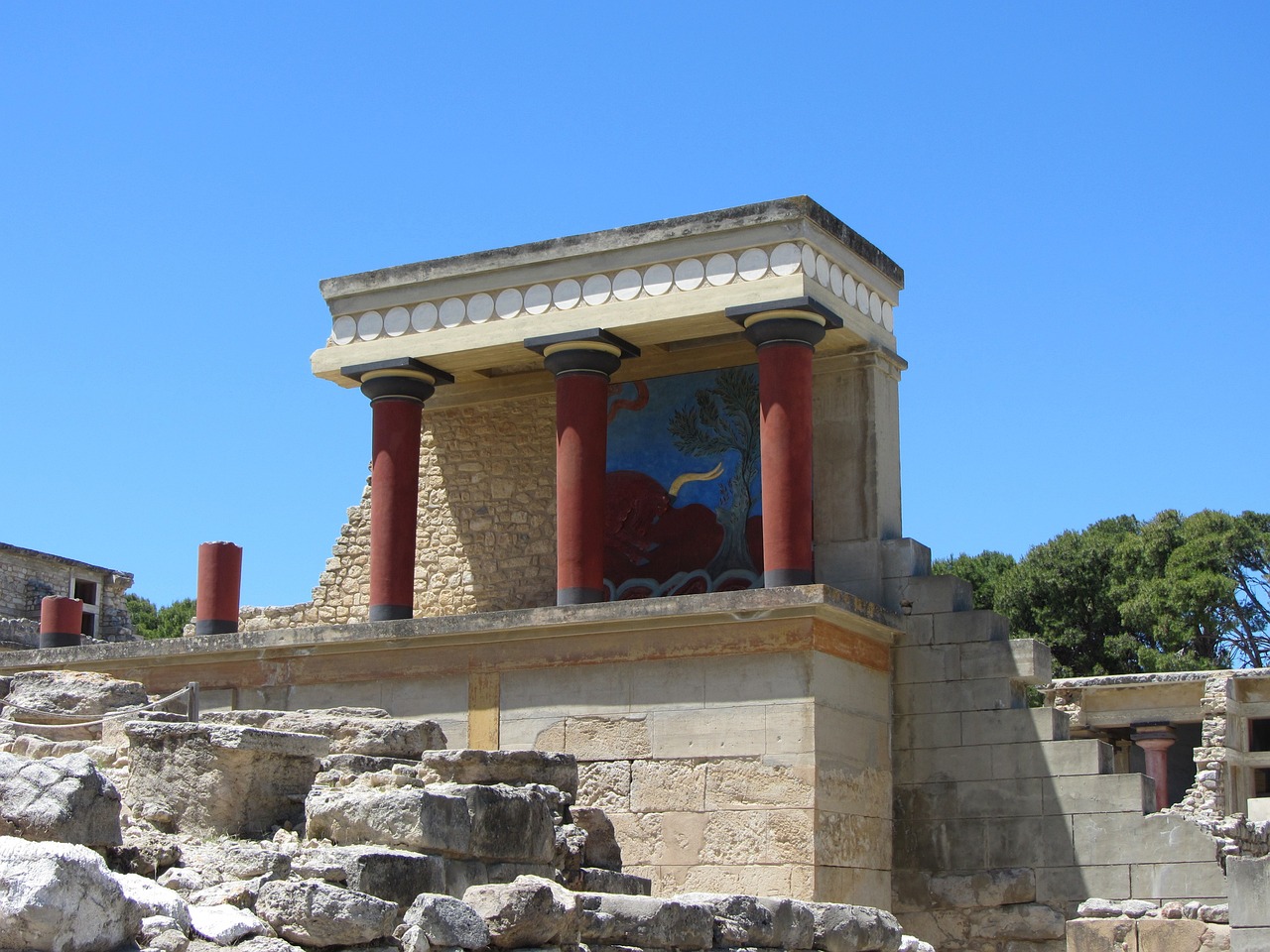
Policy Development
Policy development in the field of archaeology is a critical aspect that is often shaped and influenced by discussions and debates at conferences and symposiums. These events serve as platforms where experts, policymakers, and stakeholders come together to address pressing issues related to heritage preservation, site management, and ethical practices in archaeology. Through engaging presentations, panel discussions, and workshops, attendees have the opportunity to exchange ideas, share best practices, and propose new policies that can have a significant impact on the future direction of archaeological research and conservation efforts.
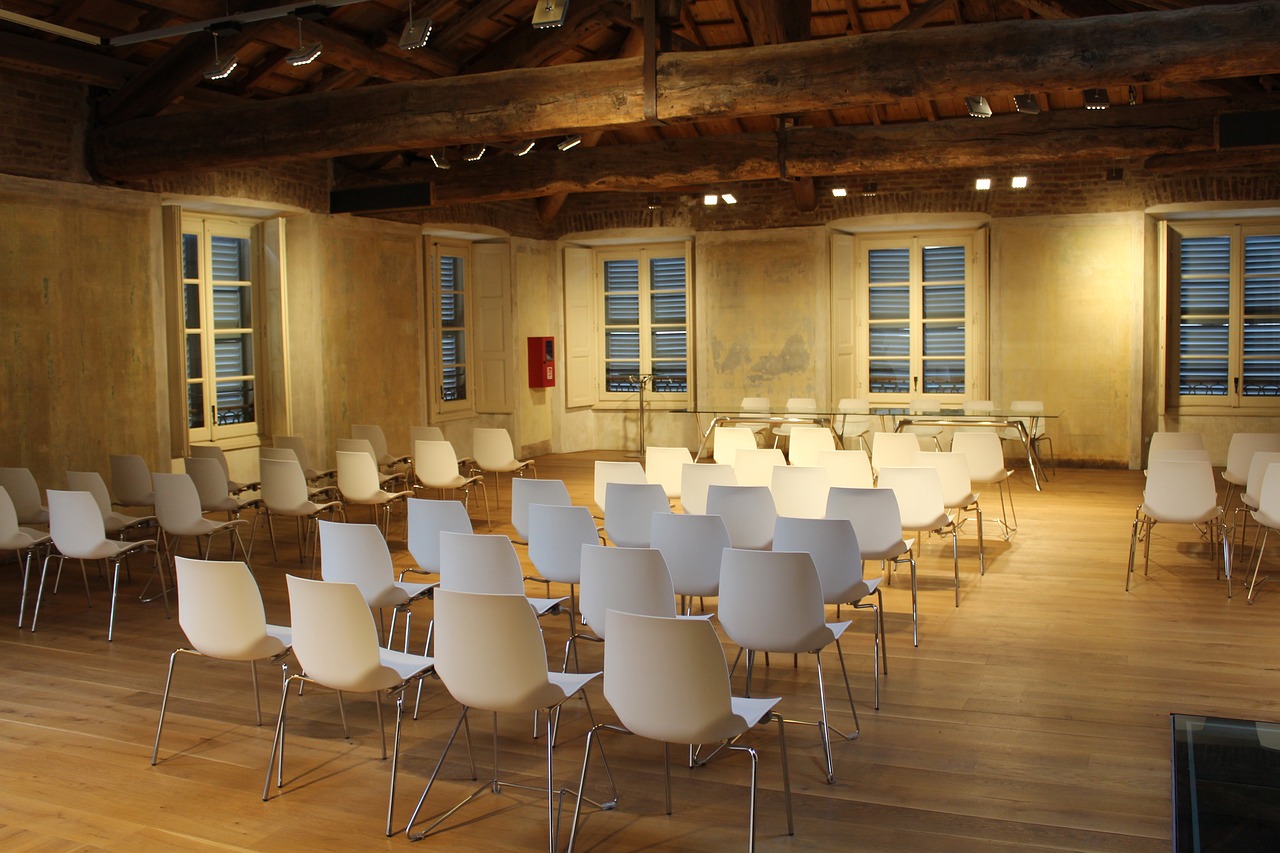
Education and Training
Education and Training in archaeology are essential components of professional development for archaeologists. These aspects provide individuals with the necessary skills and knowledge to excel in the field and contribute meaningfully to research and preservation efforts. Workshops and training sessions offered at archaeological conferences and symposiums play a vital role in enhancing participants' understanding of key issues and methodologies in archaeology.
Through interactive presentations and hands-on activities, attendees have the opportunity to learn about the latest research techniques, excavation methods, and conservation practices. These educational sessions not only expand participants' skill sets but also encourage critical thinking and problem-solving in archaeological contexts.
Moreover, education and training sessions often focus on ethical considerations in archaeology, emphasizing the importance of responsible research practices and cultural sensitivity. By engaging in discussions and case studies, participants gain insights into the complexities of heritage conservation and the significance of community involvement in archaeological projects.
Furthermore, these educational opportunities foster a sense of camaraderie among archaeologists, creating a supportive environment for knowledge sharing and mentorship. Experienced professionals often lead training sessions, offering valuable guidance and expertise to aspiring archaeologists and researchers.
Overall, education and training initiatives at archaeological conferences and symposiums not only contribute to individual growth and development but also strengthen the collective knowledge base of the archaeological community. By investing in continuous learning and skill enhancement, archaeologists can navigate the complexities of the field effectively and make meaningful contributions to heritage preservation and research.

International Collaboration
International collaboration in the field of archaeology is a vital component that transcends borders and unites experts from around the world. By participating in conferences and symposiums, archaeologists have the opportunity to engage in cross-cultural dialogues, share diverse perspectives, and tackle global challenges collectively. These events serve as platforms for building relationships with international counterparts, fostering mutual understanding, and promoting the exchange of knowledge and best practices on a global scale.
Frequently Asked Questions
- What is the purpose of archaeological conferences and symposiums?
Archaeological conferences and symposiums serve as platforms for knowledge sharing, professional networking, interdisciplinary collaboration, showcasing technological advancements, and influencing policy development in the field.
- How do archaeological events benefit participants?
Participants benefit from these events by exchanging knowledge, expanding their professional network, gaining insights into innovative technologies, engaging with the public, enhancing their education and training, and fostering international collaboration.
- Why are interdisciplinary collaborations important in archaeology?
Interdisciplinary collaborations bring together experts from various fields such as history, anthropology, and geology to offer diverse perspectives and approaches to archaeological research, leading to comprehensive interpretations and insights.

